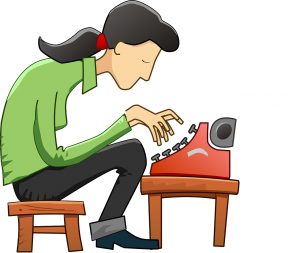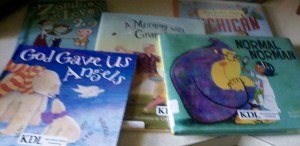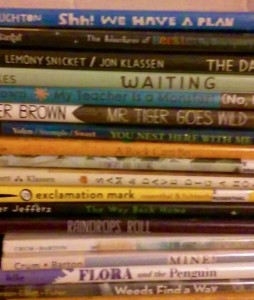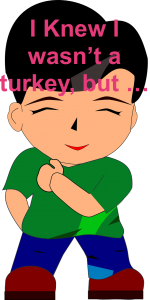“Remember that writing faster and better is easy to do as long as you know what you want to say. Get a good main idea and the rest will fall into place.” — C. M. Smith “How to Write Better and Faster”
Before You Write Content Faster
1. Ask, “What am I saying to myself?”
- If it’s, “I’ll always be a slow writer,” choose the opposite. Say, “I’m able to write faster. With the following suggestions and practice, I will write faster.”
- Don’t give in to negative thoughts.
Suggestions:
- Find your most productive writing time.
- Give yourself time to establish a pattern of success.
- Create a focused momentum, purposefully.
- Put some form of accountability in place.
- Sit down and move your work forward.
2. Choose a focus for the post. Writing faster is easy when you know what you want to say.
Suggestions:
- Ask, “What do I want the reader to take away?”
- Be able to explain your main idea in one sentence.
- Ask, “What would I like to know about [main idea, e.g. how to write faster]?”
3. Do the prep work.
- Read magazines and blogs on your subject. Google it.
- Don’t think you need groundbreaking ideas; just write what you know and have learned about your main idea.
Suggestions:
- Organize your ideas with an outline. Outlines show how sub-ideas work together to explain what you want to say.
- Try a mind map: brainstorm words or ideas related to your main idea, or organize words and ideas from your research around your main idea.
- Create a reusable form for your type of posts.
Write Content Faster
4. Keep it short – one tip or one idea.
5. Write as fast as you can.
Suggestions:
- Lower your standard for the first draft.
- Get as much written as you can (or more) from what you’ve outlined, without editing it. Writing fast turns off the internal editor or censor and allows creativity to flow.
- Don’t get in the way. Let your hands do the thinking; give your brain a chance to relate what it knows.
- Don’t delete a poor sentence; write another version and go on.
- Don’t allow distractions. Stay focused.
- Turn off or cover the monitor. If you can’t see errors, you’re less likely to stop and fix them.
- Don’t stop. If you think of a change for a previous paragraph, jot a note and keep going.
6. Set time limits.
Suggestions:
- Set a reasonable project time limit. If you give yourself three days for a post, you’ll most likely take three days to do it. If you give yourself one day, you’ll most likely complete it in one day.
- During the draft, set a timer for chunks of minutes. Don’t stop typing or writing until the timer goes off. Repeat.
After Content Is Written
7. Edit your post.
Suggestions:
- Correct typos
- Add styling (subtitles)
- Add photos
- Add links
- Check the flow (move paragraphs or change words)
- Read it closely. Write tight.
- Let it sit. When you return, needed changes will pop up.
Suggestions for writing blog content faster. Click to tweet.
What one suggestion might help you writer your blog content faster?
















 RSS - Posts
RSS - Posts